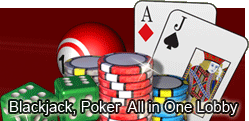
How backgammon boards differ
There are many variations but all backgammon sets will contain the same equipment so that each set can provide access for all the variations. Some backgammon boards will fold to provide storage for the playing pieces. All backgammon tables display 24 triangles in alternating colours. These connect to the outside edge and point inwards, and are called points. The points are where the checkers are placed and are the spaces on which the checkers move around the board.
Each point is numbered from 1 to 24 for each player but these numbers are not marked on the physical boards because the players move in opposite directions. This means number 1 for player A is number 24 for player B. Online boards may be numbered as the software does not require the backgammon players to be physically seated around the board. Each player sees only their own screen and so no confusion is caused.
All backgammon boards have a bar that divides the home board from the outer board. The bars differ in cosmetic appearance but retain the same function.
All backgammon boards are accompanied by a minimum of 30 checkers which are in two colours and usually match the colours of the points. Most backgammon sets will contain a few spare checkers.
Two cups and four dice accompany traditional backgammon boards, so that each player can have their own dice throughout the game. The dice determine the amount of moves each player can make. A dice with the numbers 2, 4, 8, 16, 32 and 64 is also required; this is called the doubling cube and is used for tactical play, doubling the bet wagered.
|



